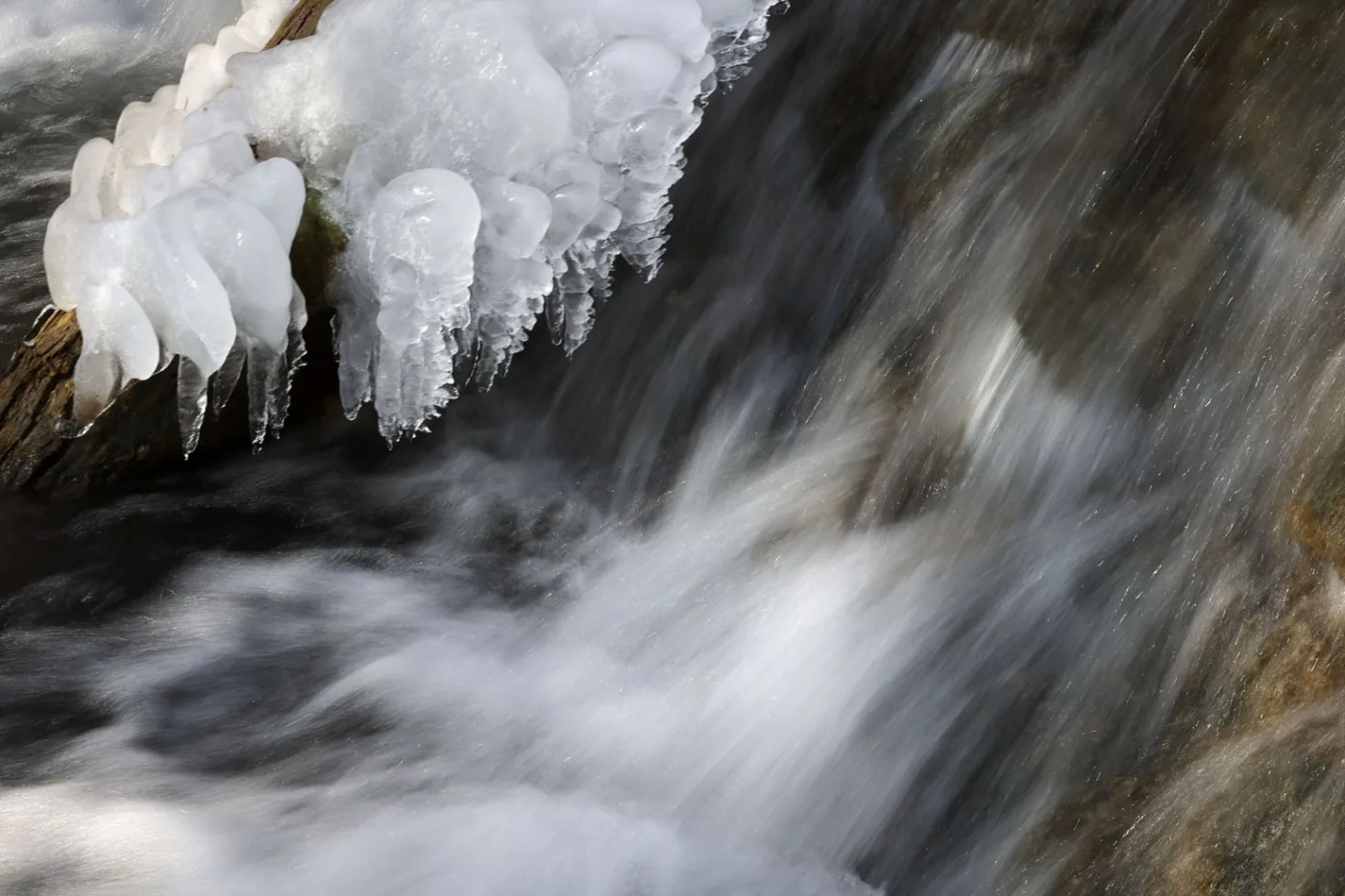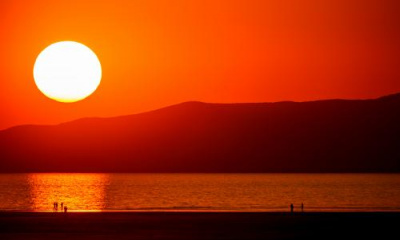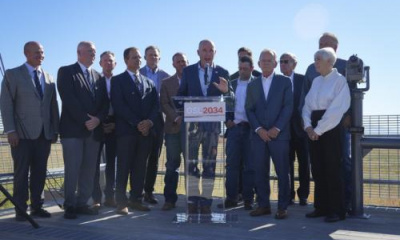Management is complex in one of the nation’s driest states
Utah’s use of water and the delivery systems that get the finite resource to the tap, farms, fields and landscaping is likely to be front and center during this legislative session as Gov. Spencer Cox and lawmakers grapple with the challenges brought on the historic drought that saw severe cutbacks over the summer.
Here’s what you need to know:
The imperiled Great Salt Lake
Using the dwindling lake as his backdrop, Cox unveiled a budget plan which, among other things, calls for $600,000 to update its management plan, $45 million in federal COVID-19 relief money for its conservation. and another $5 million that lawmakers appropriated in May. The lake dropped below its historic low in October from a record set in 1963, raising alarm for and urgency on how to best protect this resource, valued as a $1.3 billion economic driver for the state.
Water development
Cox stressed the need for more water development projects to shore up the state’s finicky water supply in which 95% of the state’s water comes as snowpack in the mountains. He said it has been an “abomination” that Utah has not pursued more water development projects like generations past. In his opening remarks to the Senate, Senate President Stuart Adams, R-Layton, said the state must build the Lake Powell Pipeline and the Bear River Development project, stirring up the long simmering angst of fierce critics like Zach Frankel, executive director of the Utah Rivers Council. Frankel and others insist there is plenty of water to go around and Utah must stop its wasteful practices by appropriately pricing the true cost of water. Frankel, although he had kind words for Tage Flint on his impending retirement from Weber Basin Water District, skewered the district under Flint’s leadership and said it has failed to implement a sustained water policy and missed opportunities to do what is right.
Money talks
Cox’s budget recommends a half billion dollars in “generational investment” in water, including a large chunk of that to expand the metering of secondary water in Utah. Some areas have already embraced metering, but the equipment is expensive and it takes time to implement the program. It’s estimated that upwards of 70% of secondary water gets sucked up by landscaping, so Cox wants Utah to be the first in the nation to implement a statewide “Flip Your Strip” program in which residents are paid to tear out turf and replace it with water-wise vegetation.
The albatross of infrastructure
With all eyes on conservation and new water development projects, the creeping challenge of “out of sight, out of mind” existing infrastructure demands attention, and money, to replace or repair systems that are well past their engineering life. A unanimous recommendation by the Utah Seismic Safety Commission urges that $192 million be dedicated to four major Wasatch Front aqueducts that deliver water to more than two million people. The report notes that it makes little sense to upgrade water treatment plants and pipelines if there is no water in a delivery system that crumbles under the weight of a major earthquake, for which experts agree the state is long overdue. But how much political appeal do aging aqueducts generate in Utah’s Capitol?
The specter of growth
Utah has long boasted of being in the No. 1 seat for population growth, its vibrant economy, the best place to do business in the nation and its low employment rate. Does that come back to bite the state when ensuring it has enough water for future generations, especially for existing residents? Cox has complained that land use planning and water resources are treated as individual silos, which is the wrong way to manage the state’s most finite and precious resource — water. Four years ago, then-Gov. Gary Herbert acknowledged water was the only limiting factor to the state’s continued growth, releasing a draft document as a blueprint for the future. Classified advertisments are replete with people looking to buy up water rights, because without those, development is off the table. As suburban development takes hold and acquires those agricultural rights, what does that portend for the future of Utah’s farms and ranches? A poll commissioned by Envision Utah in 2014 showed Utah residents were willing to forego water on their landscaping to save it for agricultural use.









